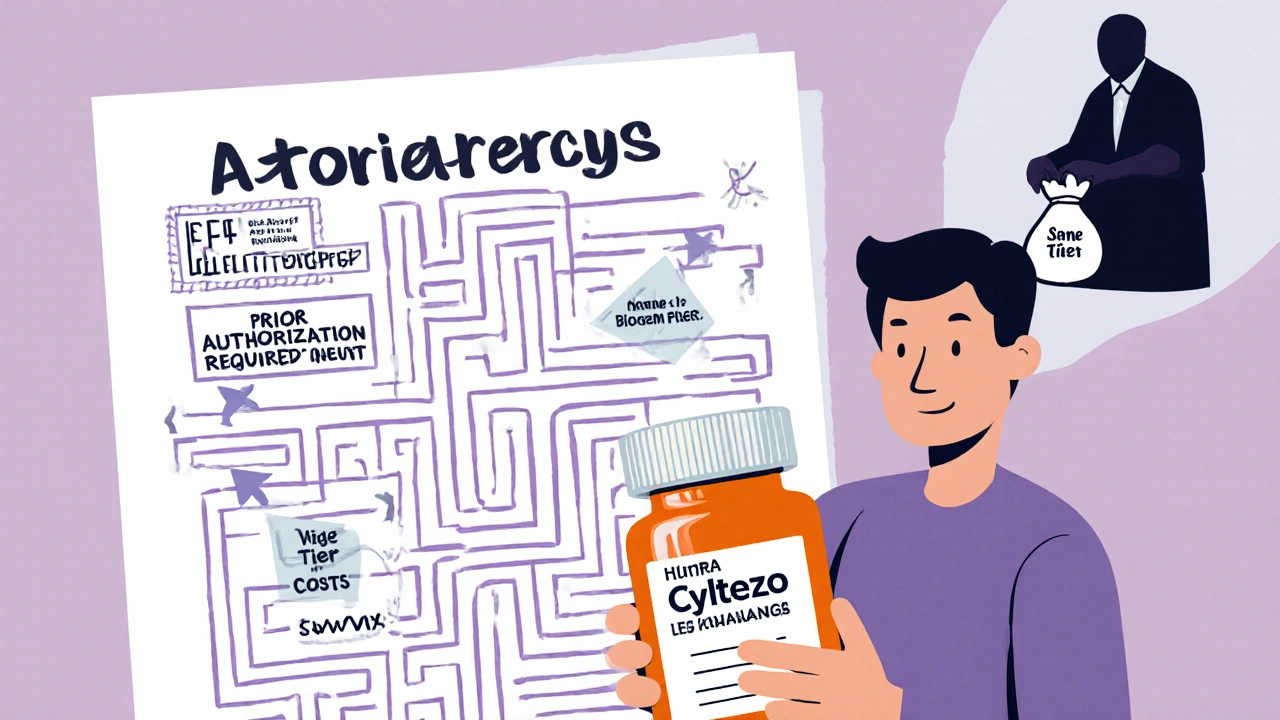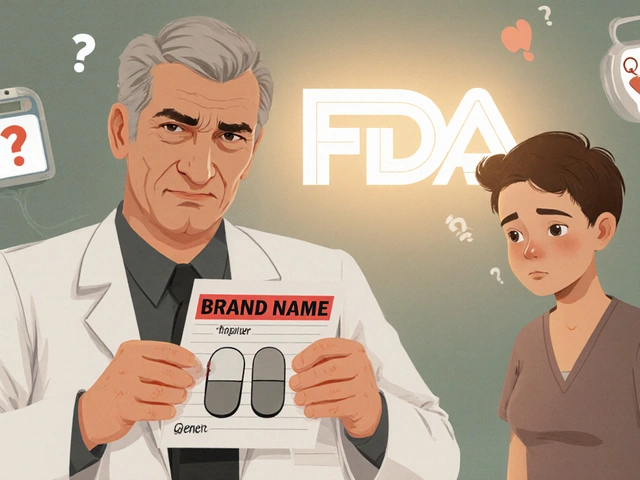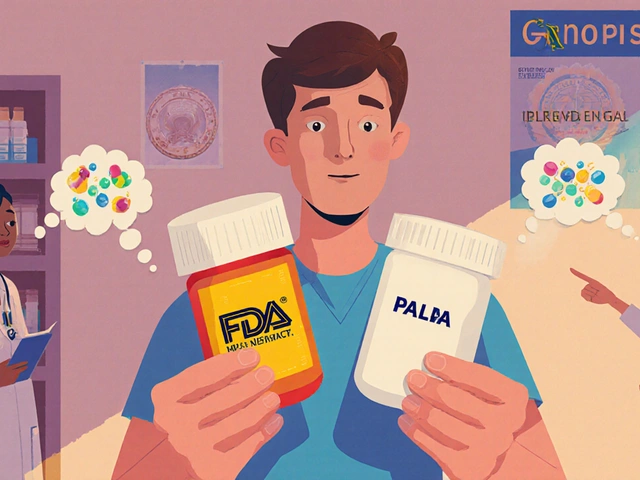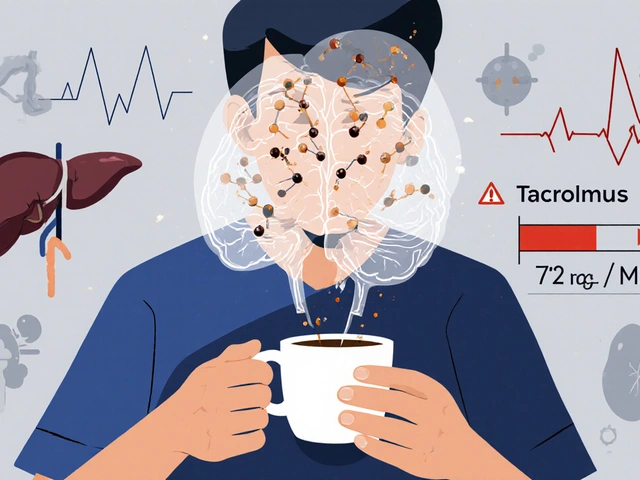When you’re prescribed a biologic drug for rheumatoid arthritis, Crohn’s disease, or psoriasis, you might expect your insurance to cover it. But what if your doctor suggests a cheaper version - a biosimilar - and your plan still makes it harder to get than the original? That’s the reality for many patients in 2025. Despite FDA approval of over 70 biosimilars and their potential to cut drug costs by 10-33%, insurance rules often block real savings. The problem isn’t the science. It’s the system.
What Are Biosimilars, Really?
Biosimilars aren’t generics. You can’t just swap them like you would with a generic pill. Biologics - the drugs biosimilars copy - are made from living cells, not chemicals. That means even tiny differences in how they’re produced can affect how they work. That’s why the FDA requires rigorous testing before approving a biosimilar. It must match the original biologic in safety, purity, and potency. The first one, Zarxio (a biosimilar to Neupogen), got approval in 2015. Since then, dozens more have followed, especially for Humira, Lantus, and Enbrel.
But here’s the catch: just because a biosimilar is approved doesn’t mean it’s easy to get. Insurance companies treat them differently than you’d expect. Even though they’re cheaper, many plans put them on the same high-cost tier as the original. That means you pay nearly the same out-of-pocket cost - whether you get the brand-name drug or the biosimilar.
Why Do Insurance Plans Put Biosimilars on the Same Tier?
Most Medicare Part D plans, as of 2025, place Humira and its biosimilars on the exact same tier - usually Tier 4 or 5, the specialty drug tier. That’s according to the Department of Health and Human Services Office of Inspector General. Nearly every plan covers Humira. But only about half cover any biosimilar at all. And when they do, 98.5% require prior authorization for both. Not just for the brand - for the biosimilar too.
Why? It’s not about safety. It’s about money. Pharmacy benefit managers (PBMs) - the middlemen that negotiate drug prices for insurers - often get rebates from the original drug makers. These rebates can be huge. If a plan switches patients to a biosimilar, it loses those rebates. So even though biosimilars cost less upfront, the PBM might still profit more by keeping patients on the brand-name drug. That’s why only 1.5% of plans put biosimilars on a lower tier. The financial incentive to push cheaper options is almost nonexistent.
Prior Authorization: The Bureaucratic Roadblock
Prior authorization is the gatekeeper. Before you can fill your prescription, your doctor has to prove to the insurer why you need that specific drug. For biologics, that usually means showing you tried and failed other treatments first. For biosimilars? You still need to jump through the same hoops. In fact, insurers rarely make the process easier for biosimilars - even though they’re proven safe.
A 2024 survey found rheumatologists spend 3-5 hours a week just filling out prior auth forms. For one patient, a mandatory trial of a biosimilar before getting Humira caused a 28-day delay in treatment. That’s not just frustrating - it’s dangerous for someone with active rheumatoid arthritis. And it’s not rare. Sixty-five percent of doctors say restrictive formularies delay care for at least one patient every month.
The process itself is slow. Approval can take 3 to 14 business days. Specialty pharmacies juggle dozens of these requests. If the insurer denies the request, the doctor has to appeal. And if the patient can’t wait? They might skip the drug entirely - or pay full price out of pocket.

Tier Placement: The Hidden Cost
Let’s say your plan covers both Humira and Cyltezo (a biosimilar). Both are on Tier 4. You pay 33% coinsurance. Humira costs $5,000 a month. Cyltezo costs $4,300. Your out-of-pocket? $1,650 for Humira. $1,419 for Cyltezo. That’s $231 saved per month. Not nothing. But not enough to motivate most patients to switch.
Compare that to insulin. There are eight insulin biosimilars on the market. But less than 10% of Medicare Part D plans cover any of them. Meanwhile, branded Lantus is covered by 80% of plans. Why? The same reason: rebates and resistance to change. Even when biosimilars are available, insurers don’t make them the obvious choice.
Some insurers are starting to shift. Express Scripts, OptumRx, and CVS Caremark now exclude Humira entirely from their 2025 commercial formularies. That means if you want Humira, you can’t get it through those plans - unless you get a rare exception. Instead, they push multiple biosimilars onto preferred specialty tiers. That’s a big deal. It forces patients toward cheaper options. But it’s still rare. Only a handful of PBMs have done this. Most still treat biosimilars like second-class options.
Why Europe Does Better
In Europe, biosimilars make up over 80% of the market for drugs like Humira. In the U.S., it’s just 23%. Why the gap? European health systems don’t rely on rebates. They use mandatory price negotiations and preferential formulary placement. If a biosimilar is cheaper, it gets the top tier. Patients pay less. Doctors prescribe it. Pharmacies stock it. It’s simple.
In the U.S., the system is built to protect profits, not lower costs. PBMs and drugmakers have a financial stake in keeping the status quo. Even when biosimilars are approved, the rules are stacked against them.
What’s Changing in 2025?
There’s pressure to fix this. The Congressional Budget Office estimates biosimilars could save the U.S. $54 billion over the next decade. But under current coverage rules, that number drops to just $1.8 billion. That’s because most patients aren’t switching.
CMS, the agency that runs Medicare, is now monitoring tier placement more closely. After the OIG’s 2024 report showed nearly universal tier alignment between biosimilars and brand-name drugs, CMS started requiring insurers to report how they place these drugs. It’s a small step - but it’s a start.
Some states are pushing too. New York and California have passed laws requiring insurers to cover biosimilars without extra barriers. The Inflation Reduction Act gives CMS more power to penalize plans that discriminate against biosimilars. But enforcement is weak. And PBMs are fighting back.
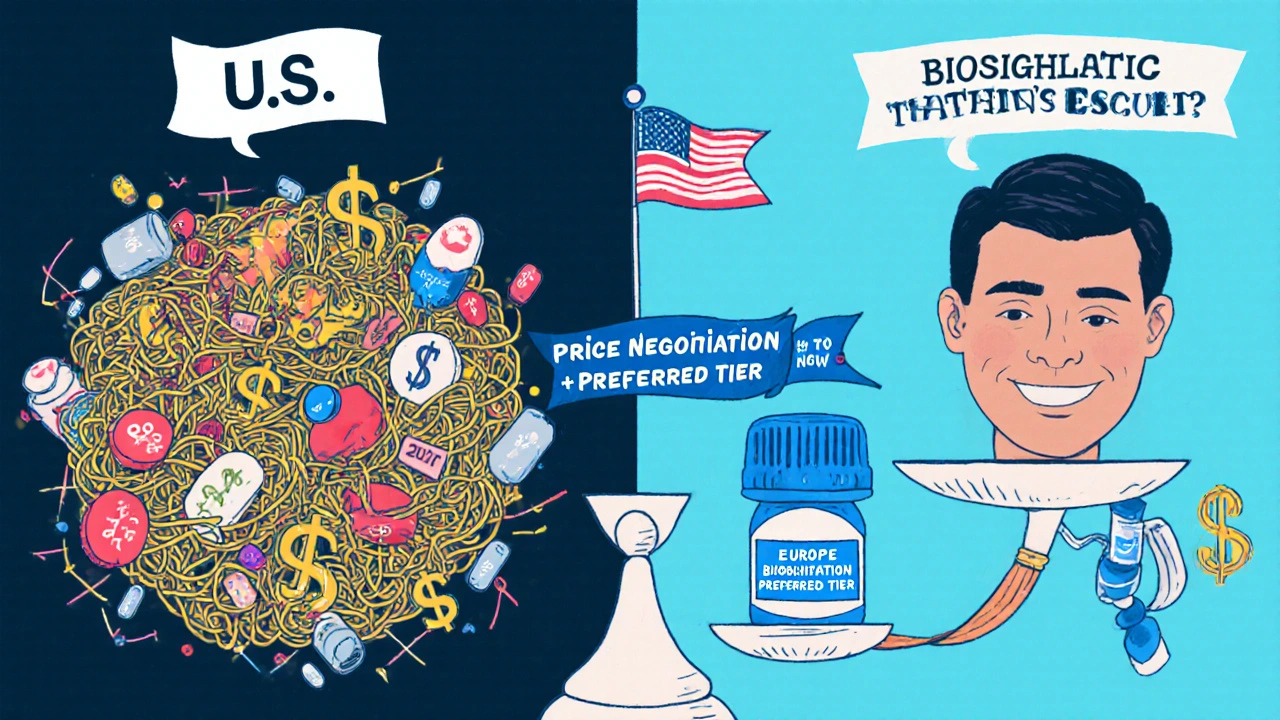
What You Can Do
If you’re prescribed a biologic, ask your doctor: Is there a biosimilar? Is it covered? What tier is it on? Can we appeal if it’s denied?
Call your insurer. Ask: "Is the biosimilar on a lower tier than the brand-name drug? If not, why?" If they say no, ask for a formulary document. You have the right to see it.
Work with your pharmacist. They often know which biosimilars are preferred and can help you navigate prior auth. Some even offer patient assistance programs to lower out-of-pocket costs.
If you’re on Medicare, check your plan’s formulary every year during open enrollment (October 15-December 7). Plans change. A biosimilar might be added next year. Or Humira might be removed entirely - which could force you to switch anyway.
And if your doctor says a biosimilar is right for you, but your insurer refuses - file a formal appeal. You’re not alone. The Alliance for Patient Access has templates for appeals. And if you’re still stuck, contact your state’s insurance commissioner.
The Bigger Picture
Biosimilars aren’t a gimmick. They’re science-backed, cost-saving alternatives. But insurance rules are holding them back. The system isn’t broken - it’s designed this way. Until insurers stop protecting rebates and start putting patients first, savings will stay locked away.
The good news? Change is coming. More PBMs are excluding brand-name biologics. More states are stepping in. More patients are asking questions. The tide is turning - slowly. But it is turning.
Are biosimilars as safe as the original biologic drugs?
Yes. The FDA requires biosimilars to prove they’re highly similar to the original biologic in structure, function, safety, and effectiveness. They’re tested in clinical trials involving thousands of patients. No meaningful differences in safety or efficacy have been found in real-world use. Biosimilars are not "generic" versions, but they are approved under the same strict standards as the original.
Why don’t insurance plans put biosimilars on lower tiers if they’re cheaper?
Because insurance plans and pharmacy benefit managers (PBMs) often get large rebates from the makers of brand-name biologics. These rebates are tied to how many patients stay on the original drug. If patients switch to a biosimilar, the rebate disappears. So even though biosimilars cost less, insurers may lose more money overall - which makes them hesitant to lower the tier or remove barriers.
What’s the difference between a biosimilar and a generic drug?
Generics are exact chemical copies of brand-name pills. Biosimilars are highly similar versions of complex biologic drugs made from living cells. Because biologics are made by living organisms, you can’t copy them exactly - only closely mimic them. That’s why biosimilars require more testing than generics. But once approved, they’re just as safe and effective.
Can pharmacists substitute a biosimilar for the brand-name drug without asking my doctor?
Only if the biosimilar is designated as "interchangeable" by the FDA. Right now, only a few biosimilars have that status - mostly low-concentration versions of Humira. Most aren’t interchangeable, so your pharmacist must check with your doctor before switching. Even if they are interchangeable, your state’s laws or your insurance plan might still require prior authorization.
How long does prior authorization for a biosimilar usually take?
It typically takes 3 to 14 business days. The process involves your doctor submitting medical records showing you’ve tried other treatments, explaining why you need the specific drug, and sometimes proving you can’t afford the brand-name version. Delays are common, especially if the insurer requests more documentation. Some plans offer expedited reviews for urgent cases, but you have to ask.
Is there a way to avoid high out-of-pocket costs for biosimilars?
Yes. First, check if your insurer offers a patient assistance program - many do for high-cost drugs. Second, ask your doctor about manufacturer coupons or co-pay cards (though these are often blocked for Medicare patients). Third, consider switching to a Medicare Part D plan during open enrollment that covers the biosimilar on a lower tier. And finally, if you’re denied coverage, file an appeal. Many approvals happen after the first appeal.
What Comes Next?
By 2027, analysts predict biosimilar use could hit 40% of the biologics market - if insurers stop treating them as second-tier options. The real turning point will come when PBMs stop getting rebates from brand-name makers and start getting paid for savings. Until then, the system favors profit over patients. But awareness is growing. More doctors are speaking up. More patients are asking for biosimilars. And more lawmakers are watching.
Change won’t come overnight. But if you know your rights, ask the right questions, and push back when necessary - you can make sure you’re not paying more than you have to.
